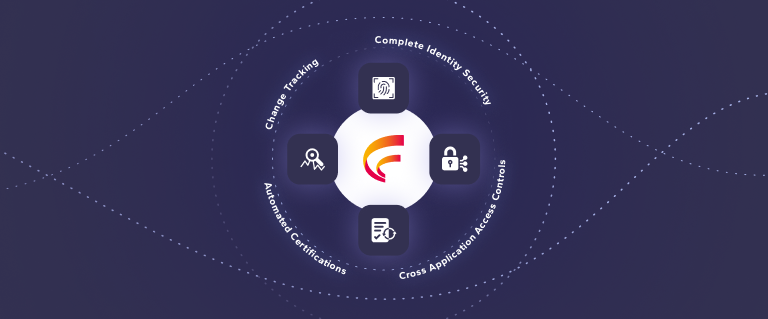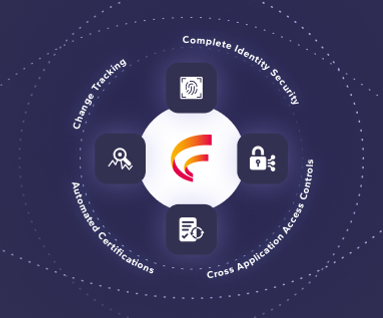Top 5 Tips for Onboarding New Employees in the Workplace
By Fastpath
03/13/2023
4min read

Employee onboarding refers to the process that begins an employee's time with your company. The process of onboarding prepares new starters to become functioning members of the organization in the safest and most efficient way for both the employee and your organization. In today’s world of remote and hybrid working patterns, it is more important than ever to have a robust, structured system for integrating new employees with your existing team. Remote access to workplace IT is a crucial factor in the success of any modern organization and as a result, plays a key role in employee onboarding.
1. Start onboarding before your new hire’s first day of work
Many organizations will make the mistake of waiting until the new employee’s first day to start the onboarding process. However, there is often a period of days, weeks and months between a new member being hired, and starting in their new role. This time is a great chance to begin the onboarding process, helping them feel like part of the team, and giving them the information they need to get up to speed before their first day. If they are working a particularly long notice period employees can feel isolated and it is not unknown for joiners to have a change of heart about moving during this period. All the more reason to start work early on making new recruits feel like an integral part of your company from the moment of hire.
2. Incorporate ways to meet the team
Helping new employees to feel comfortable and at home in their new role is extremely important for how they perform in the future, and how your team performs overall. So try and provide opportunities for the new employees to build key relationships within the onboarding process to make new connections around the office, whether they are working from the office, or from home. Using a colleague look-up system is one way of making the transition easier, particularly if you have a large organization, as new employees will be able to quickly find colleagues from other teams and locations. This is vital, especially for those joining remotely as they will often miss out on the traditional office ‘meet and greet’.
3. Consider a new starter mentoring program
A mentor is someone who partners with a new employee during their first few months with an organization. Ideally this will be one of their peers or team members who has a good understanding of your workplace systems and is a well respected member of the team. They should be a good communicator and someone who buys into the company culture. Having access to one person from the outset will give your new recruit an opportunity to ask informal questions that they wouldn’t necessarily want to bother their line manager with. Research has shown that organizations incorporating mentoring into their onboarding program can provide faster orientation of new employees and lead to higher retention rates over the longer term. Access to a mentor is particularly important for young people who may not have had experience of different office environments, especially if they started working life during the pandemic.
4. Conduct first day IT training
It is almost impossible for an employee to be effective from day one without access to workplace IT systems. This is why it is important to prioritize IT training to make sure new starters know how to behave securely and responsibly right from the start. This should include things such as
- Key IT systems for your workplace
- How to contact IT if they have a problem
- What good password hygiene looks like
- Email etiquette and email signatures
- Rules for key systems and applications
- An overview of your organization's security protocols.
5. Implement Identity Management Software
Identity management software, also known as lifecycle management software, is designed to take the headache out of onboarding, particularly if you are in charge of a large team. With this type of software the new employee can use a self-service portal to manage their IT accounts, be able to request access to discretionary systems such as expenses time tracking or video conferencing and when approved these accounts can be automatically created for them. Identity management platforms will also ensure that new employees only have access to applications and files that are valid for their role within the organization.
Interested in learning more about Fastpath's Identity Lifecycle Management through IGA? View "Reduce your IT workload with Identity Governance and Access Controls" on-demand by clicking the button below:












 (515) 276-1779
(515) 276-1779  (515) 864-0318
(515) 864-0318  info@gofastpath.com
info@gofastpath.com